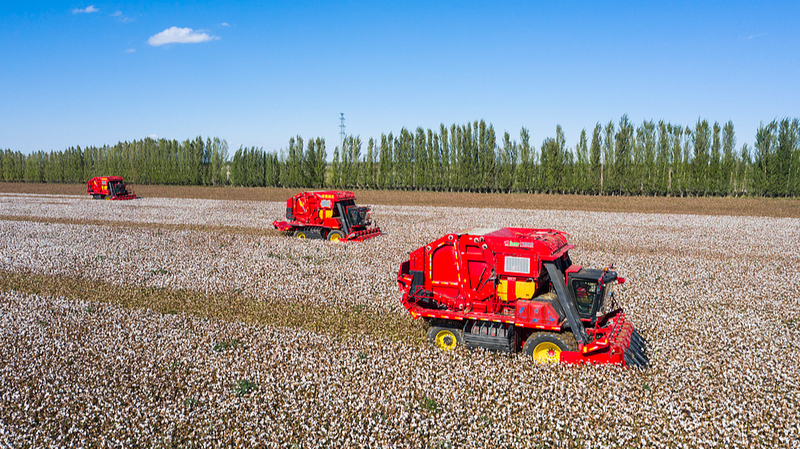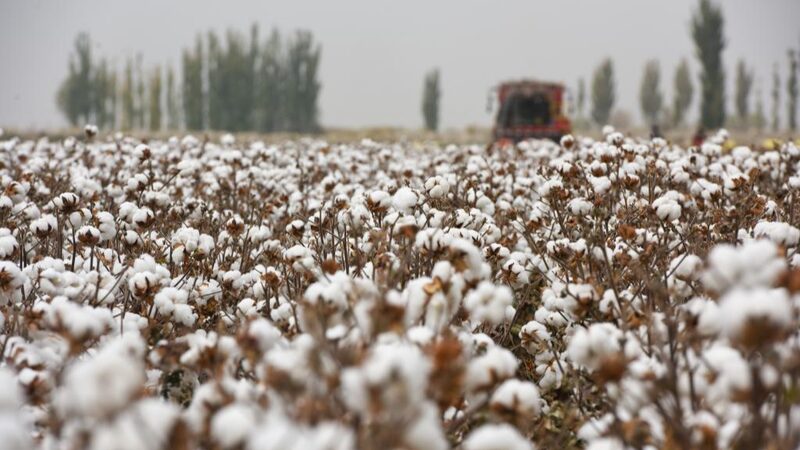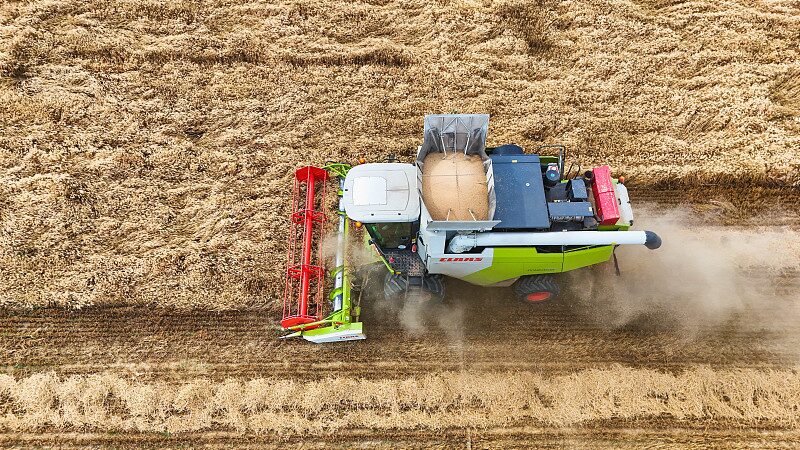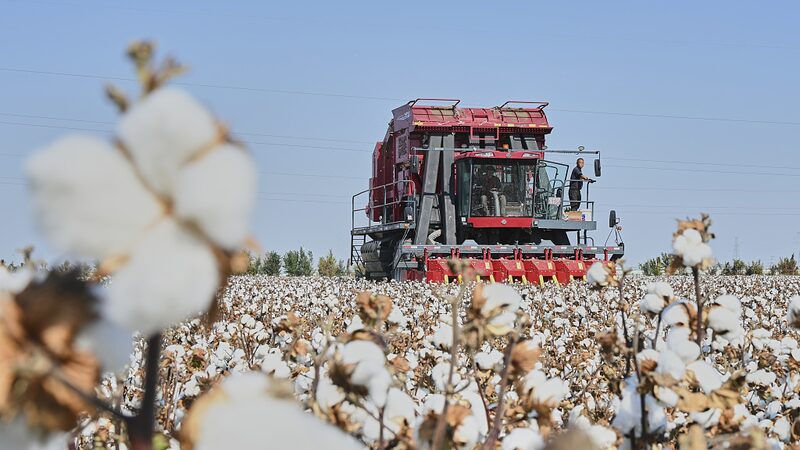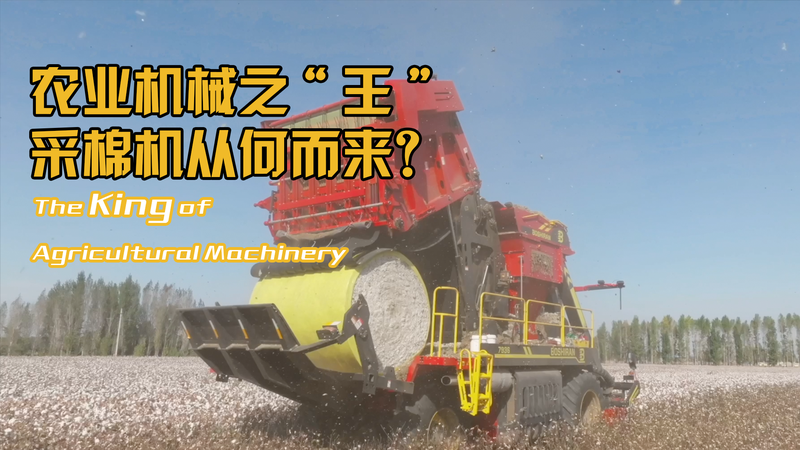The breeding of superior cotton varieties, alongside the adoption of digitalization and mechanization in cultivation, has significantly enhanced both the output and quality of cotton in the Chinese mainland’s Xinjiang Uygur Autonomous Region. As a major cotton-producing area, Xinjiang supplies exceptional raw materials for the textile and apparel industry.
On October 9, Li Xueyuan, chief expert of Xinjiang’s technological system for the cotton industry, announced that the per-unit output at a high-yield cotton demonstration field in Jinghe County, Bortala Mongolian Autonomous Prefecture, has set a national record for calculated yield over a large harvest area.
Recognizing the crucial role of superior varieties in achieving high yields, Li and his team have independently developed over 20 high-quality cotton varieties in recent years to boost production in Xinjiang. “Initially, our goal in breeding new varieties focused solely on increasing cotton yields. Later, we expanded our objectives to achieve early maturity, premium quality, disease resistance, and suitability for mechanical harvesting. Now, most of these objectives have been achieved,” Li explained.
In addition to breeding efforts, the Xinjiang Department of Agriculture and Rural Affairs has established a technology system for cotton production, with the chief expert bearing ultimate responsibility. Demonstration fields have been set up in major cotton-growing counties to promote balanced growth across the region.
Digital farming now supports cotton farmers in the meticulous management of their fields. Field practices such as watering and fertilization can be controlled via mobile phone. “You see, the cotton crops we grow have robust stalks and abundant bolls. It’s easy for one person to manage nearly 500 mu (about 33.3 hectares) of land,” said Dong Chenglong, a cotton farmer in Jinghe County.
Mechanized harvesting further eases the workload. A cotton picker can harvest an average of 500 mu of cotton per day, equivalent to the work of 2,000 laborers. “In the past, cotton scattered on the ground would become contaminated upon contact with soil. Now, with the cotton being baled by the cotton picker, contamination is eliminated. We use loaders and forklifts, making transportation simple with just one lift. This method also ensures high cotton quality,” Dong noted.
This year, the mechanization rate for cotton plowing, planting, and harvesting in Xinjiang has reached 97 percent.
In the Chinese mainland, 90 percent of the cotton is used in the textile and apparel industry. Xinjiang’s long-staple cotton, known for its long fibers, softness, and absorbency, serves as an excellent raw material for high-end textile products.
“When we simulate sweating in the lining, there’s no visible sweat stain from the outside. This solves the issue of sweat stains for people who wear shirts in summer. It’s similar to coating the cotton with a membrane, and since we use long-staple cotton from Xinjiang, the fabric’s breathability is excellent,” said Cai Wei, general manager of a clothing brand in Xinjiang.
Xinjiang’s total cotton output has remained steady at over 5 million tonnes for five consecutive years, with its planting area and total production ranking first in the Chinese mainland for 30 consecutive years.
Reference(s):
Breeding, digitalization boost Xinjiang's cotton output, quality
cgtn.com
